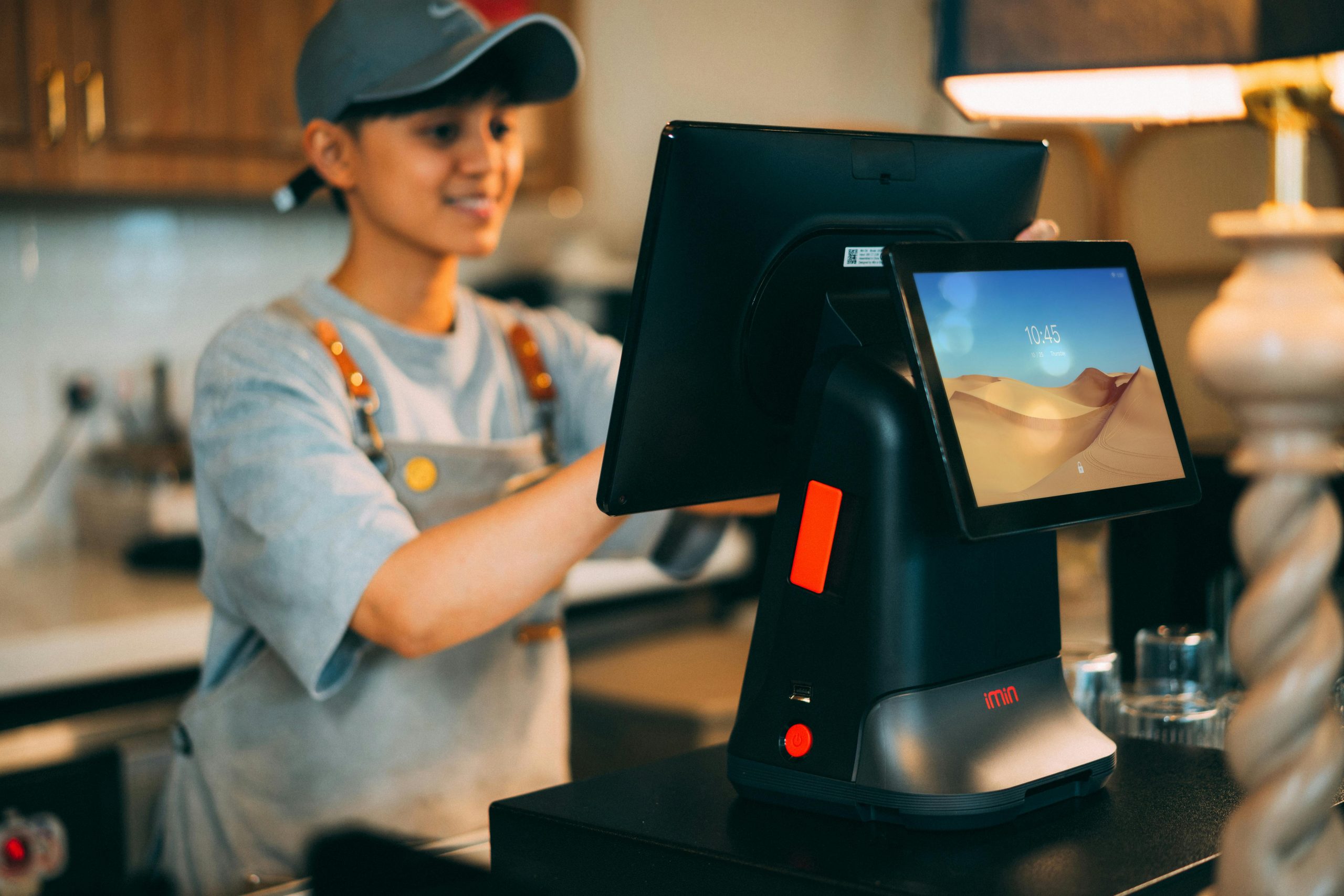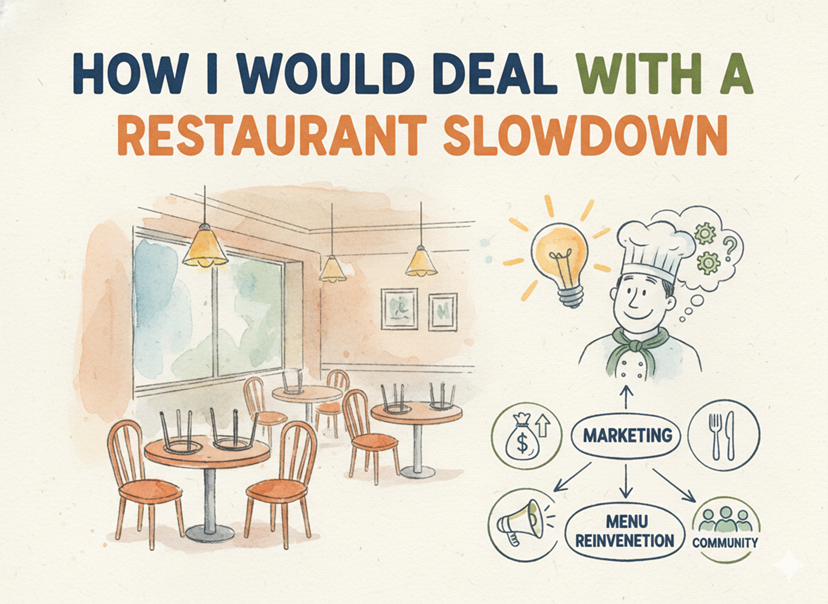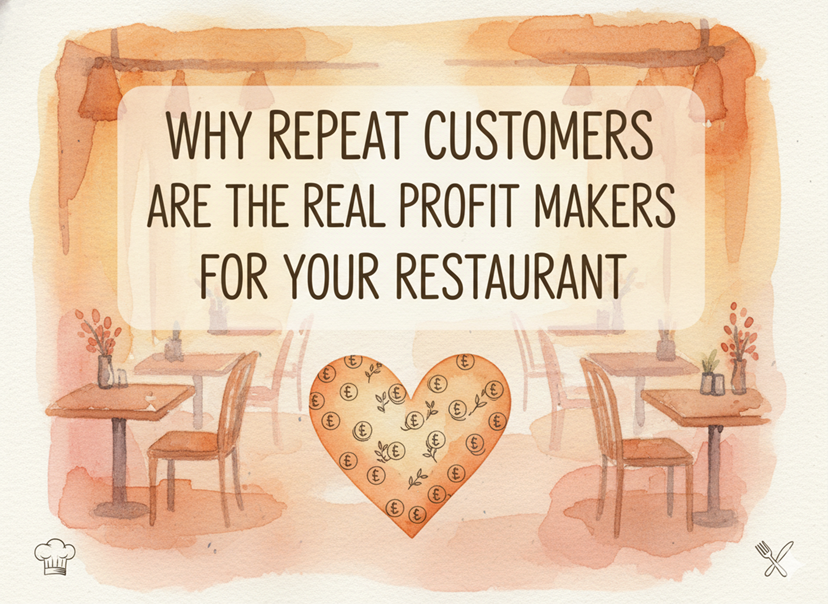When you’re building your space to serve food and drinks, the first decision that often shapes everything else is your concept. Whether it’s a cozy coffee shop, a lively bar, a quick-service counter, or a full-service dining space, each setup works differently. But one thing is common across all these types: each one needs a system that keeps things in order. That’s where a point of sale (POS) system becomes your most reliable tool.
Understanding the different restaurant concepts helps you decide how to serve better, how to manage your staff and stock, and how to plan your operations. And knowing which POS system fits best with your type of service helps you save time, reduce errors, and offer a better experience.
Let’s explore the major restaurant concepts and how a good POS system supports each one.
Full Service Restaurant
A full-service restaurant gives your guests the comfort of being served at their table. From taking orders to bringing the bill, your staff takes care of everything. This concept includes fine dining spots, family restaurants, and themed dining rooms.
This setup usually has a wide menu and longer dining times. Guests expect a pleasant atmosphere, well-plated food, and attentive service. Because the experience matters so much, your team needs to focus more on hospitality and less on manual work.
A pos system for a restaurant helps your servers take orders digitally, send them to the kitchen instantly, and manage table seating. You can track guest preferences, split bills, handle table reservations, and get real-time updates. It removes the need for handwritten notes and reduces delays between ordering and cooking.
According to Toast (2023), restaurants that used digital POS saw up to 40% faster order processing times compared to those using manual systems.
Casual Dining
Casual dining gives your guests a laid-back setting. It often has affordable pricing, a mix of self-serve and waiter service, and a simple ambiance. You may serve popular comfort food, have family combos, and run promotions during weekends.
In this concept, quick service is just as important as taste. Your guests may not wait long if there’s confusion in billing or delays in getting food. A strong POS helps here, too.
With a pos system for a restaurant, you can sync front-of-house and back-of-house tasks. Orders go straight to the kitchen, and you can see which tables are occupied, how long they’ve been seated, and what’s pending. It also helps you apply discounts or loyalty points automatically.
It’s all about making sure your guests enjoy their meal without waiting too long or facing billing mistakes.
Fine Dining
Fine dining is all about detail, elegance, and a highly personalized experience. The food is refined, the service is attentive, and the pace is deliberate. In such a setup, a POS system must handle multi-course orders, wine pairings, tasting menus, and special instructions with ease. EasyEat helps by offering advanced table management, course-wise printing to the kitchen, and personalized guest tracking. This allows your team to maintain smooth service without losing attention to detail.
Multi-Outlet RestaurantConcept
If you operate more than one location or run different formats under one brand, your POS must support centralized control. A strong system helps you view sales, inventory, and staff performance across all outlets in one dashboard. EasyEat enables this by offering multi-location syncing, shared menu management, and outlet-level analytics. You can compare how each outlet is performing and apply changes instantly across your brand.
Cafes
Cafes are warm, cozy spaces where people often come to relax, chat, or work. You may offer coffee, snacks, baked items, or even light meals. Many cafes also sell merchandise or packaged products.
In a cafe, your counter may be small, and your team may juggle multiple roles. You need a system that doesn’t slow them down. A pos system for a cafe can handle quick orders, combo pricing, and even takeaway and dine-in options at the same time.
You can use the POS to track which drinks sell the most, which snacks need restocking, and how many items were wasted. It also helps with inventory if you sell products like beans, mugs, or small gifts. A simple touchscreen interface means your staff won’t lose time figuring things out.
Coffee Shops
Coffee shops are often fast-paced in the morning and slower in the afternoon. Your guests may just want their regular drink without delay. They might be in a hurry, and your service needs to match that speed.
A pos system for a coffee shop should allow for quick reorders, personalized drink options, and integration with your loyalty programs. If someone wants their regular flat white with almond milk, your POS should help you remember that.
You can also use the POS to track sales by the hour, compare daily traffic, and reduce peak-time chaos. Some systems can integrate with your self-ordering kiosk or online ordering site. This way, you don’t need extra staff during rush hour.
Bakeries
A bakery is where your products must be sold fresh. From breads and buns to cakes and cookies, the shelf life of your items is short. You may also get custom orders for birthdays or events.
In this setup, inventory moves fast. You need to track what’s baked, what’s sold, and what’s left at the end of the day. A good POS helps you do this.
Your staff can enter bulk orders, apply pricing based on weight or size, and manage bookings. The POS also records regular customers who come in for daily bread or weekend treats. This helps you plan better and waste less.
Some POS systems can also print baking schedules or sales reports, so your kitchen team knows what to prepare more of the next day.
Bars
In a bar, your guests expect fast service and accurate billing. Drinks are often served in quick rounds, and your team needs to work fast. Tabs must be managed well. Prices may change based on happy hours or late-night rates.
A pos system for bars lets your staff open tabs, add items to the same bill, and handle split payments. It can also show which bartender served which guest, helping you maintain accountability.
With features like digital menu screens, easy modifier options, and cocktail ingredient tracking, you avoid confusion. It also helps during rushes when speed matters more than anything else.
POS systems also help with age verification tools and inventory control for alcohol, which is often regulated and taxed differently.
Nightclubs
Nightclubs deal with high footfall, loud music, and dim lighting. Your staff needs a system that’s fast and easy to use. Whether it’s entry tickets, bottle service, or food at lounge tables, the system must handle it all.
A good POS here allows for barcode scanning, quick tab access, and VIP guest tracking. You can also set up zones—like entry, bar counter, and lounge service—and assign staff accordingly.
It’s also helpful to get real-time sales updates, track peak hours, and manage event-based pricing. You can even check which drinks sold the most during a DJ night or which guest table ordered the most.
Quick Service Outlets
Quick service means fast ordering, faster delivery, and minimal wait. This model is used in food courts, takeaway joints, and cloud kitchens. Orders come in rapid bursts, especially during meal hours.
Here, your POS must integrate with online delivery platforms, handle queue management, and speed up billing. The system should support menu customization and clear kitchen instructions.
Inventory tracking becomes very important here because your margins may be thin, and wastage eats into your profit. Some POS systems also offer recipe-based inventory deduction, which shows exactly what ingredient levels you’re left with after each sale.
Food Trucks
In a food truck, space is limited, and staff are often minimal. You can’t afford to use large hardware or complicated systems. A POS system for this setup must be mobile, quick, and cloud-based.
You can use a tablet-based POS that connects with a card reader and receipt printer. The system should also work offline, so you’re not stuck if the internet is slow. It should also help with daily sales totals, peak time tracking, and customer data.
If you change locations, your POS should let you analyze which area brought in the best traffic.
Why POS Matters for any Restaurant Concept?
Across all concepts, a POS helps with three main things: speed, accuracy, and tracking. Whether you’re serving coffee in a quiet corner or cocktails in a loud bar, your POS becomes your helper.
It keeps orders flowing, reduces confusion, and gives you data to make smart decisions. Instead of relying on memory or manual notes, you get organized systems and real-time control.
A study conducted in 2023 showed that businesses using cloud-based POS systems processed orders 33% faster and had 25% fewer order-related errors.
This matters not just for guests but also for your staff. When your team has better tools, they serve better. And when you can track what’s working, you can improve without guessing.
You may start small, but as you grow, your POS grows with you. You can add new outlets, expand your menu, or run loyalty programs—all through the same system.
Choosing your concept is the first big step. But managing it every day requires more than just good food or drinks. It needs systems that make your work easier and your guest experience better.
No matter which type of service you offer—be it a bar, bakery, cafe, or club—a good POS helps you stay in control. It reduces mistakes, saves time, and lets you focus on what matters most: your service.
If you’re thinking of upgrading your tools, start with your POS. Find one that fits your concept, supports your team, and gives you useful insights. Once it’s in place, you’ll see the difference not just in speed or sales, but in how smoothly your day flows.
How can EasyEat help?
This is exactly where EasyEat steps in. EasyEat is a POS system that has been designed keeping all types of restaurant formats in mind. Whether you run a full-service restaurant with multiple dining zones or a tiny food truck with limited internet, EasyEat gives you a solution that fits right in. You don’t have to learn multiple tools or build different setups for different outlets. Everything is handled in one place, and the software adapts to your needs.
If you manage a coffee shop, EasyEat helps you recall regular orders, manage rush-hour traffic, and connect loyalty programs without missing a beat. If you serve in a bakery, it gives you daily stock visibility and simplifies the billing for weight-based or portioned items. And if you’re operating a bar or nightclub, EasyEat helps you open tabs, track fast-moving inventory, and process payments quickly even in loud, low-light environments.
If you run a fast casual restaurant, then features like QR ordering can help you the most. It will make sure that the orders are placed seamlessly within seconds. Customers who want to grab a quick bite don’t have to stand in long lines just to get their order.
Your team doesn’t need tech skills or special training. The layout is clear, the features are simple to use, and you can even operate it from a tablet or mobile device. Updates sync automatically, and support is just a click away.
Whether you’re starting new or scaling up, EasyEat is built to grow with you. It supports single outlets, multi-location brands, dine-in, delivery, and takeaway. No matter your concept, it gives you the tools to stay efficient and focus more on serving guests.




